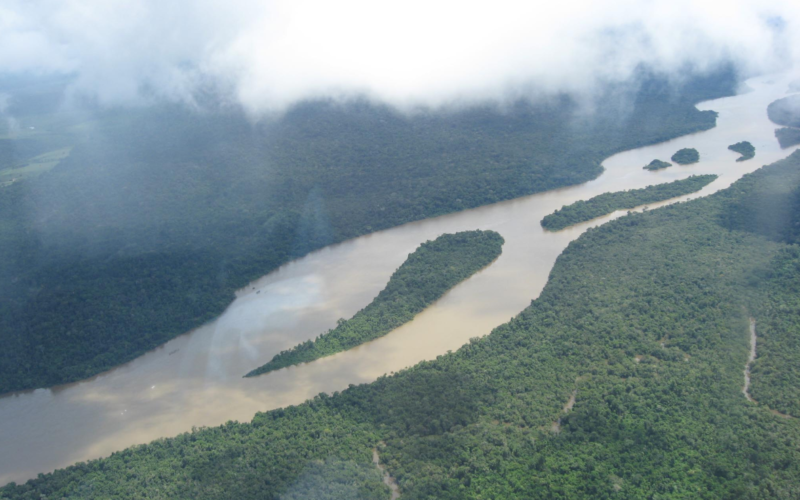The Amazonian capital is facing an unprecedented and alarming transformation as a severe and prolonged drought turns it into a climate-induced dystopia. Manaus, the largest city in the Amazon rainforest, is grappling with extreme weather conditions that are exacerbating environmental and societal challenges in the region.
The Amazon, often described as the world’s lungs, is experiencing an environmental crisis of unparalleled proportions due to the ongoing drought. The city of Manaus, situated in the heart of this lush ecosystem, is now bearing the brunt of this ecological disaster.
Drought in the Amazon is an alarming departure from the region’s typical climate patterns. The rainforest, known for its lush and humid conditions, is now experiencing prolonged dry spells, leading to water shortages, forest fires, and the disruption of ecosystems that are crucial for the planet’s climate regulation.
The consequences are far-reaching. Water levels in the Amazon River, a lifeline for the city and its inhabitants, are dropping to alarming lows, affecting transportation, fishing, and the daily lives of people who depend on the river’s resources. The drought is also fueling an increase in forest fires, further threatening the rich biodiversity of the region.
Manaus, once a city surrounded by vibrant rainforests and abundant water sources, is now witnessing a transformation into a climate-induced dystopia. As water scarcity deepens, the city is confronting a crisis that extends to daily life, agriculture, and industry.
The Amazonian capital’s predicament highlights the pressing need for international attention and action to combat climate change and its devastating consequences. The severe drought in Manaus serves as a stark reminder that climate-related challenges are not confined to distant futures but are already impacting communities and ecosystems, necessitating immediate responses and long-term strategies to mitigate their effects.
Efforts to address the crisis in Manaus must also encompass support for the affected communities and ecosystems that rely on the Amazon’s health. The region’s resilience and ability to adapt are being tested, emphasizing the urgency of addressing climate change and its impact on both local and global scales.
As Manaus grapples with the harsh reality of a climate-induced dystopia, it stands as a poignant example of the need for collective and sustained efforts to combat the environmental challenges that threaten our planet and its fragile ecosystems.








